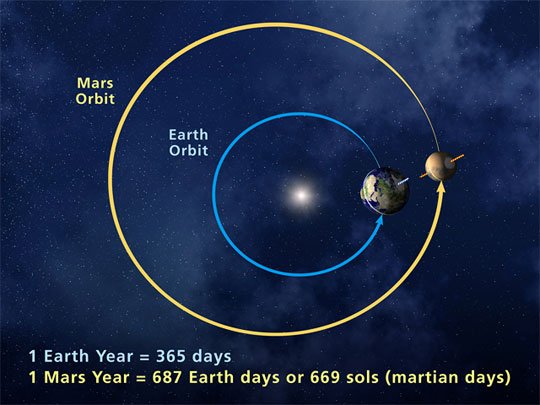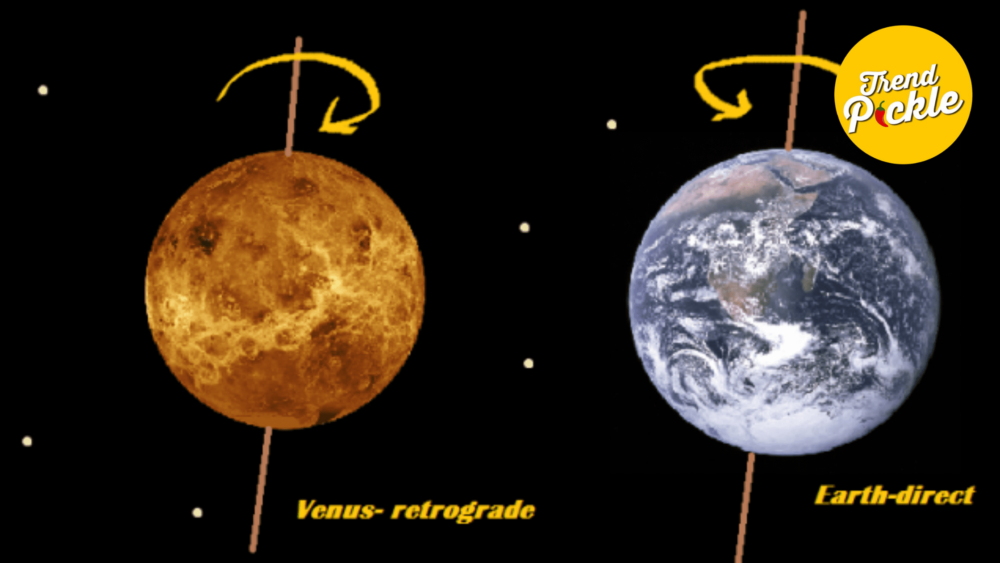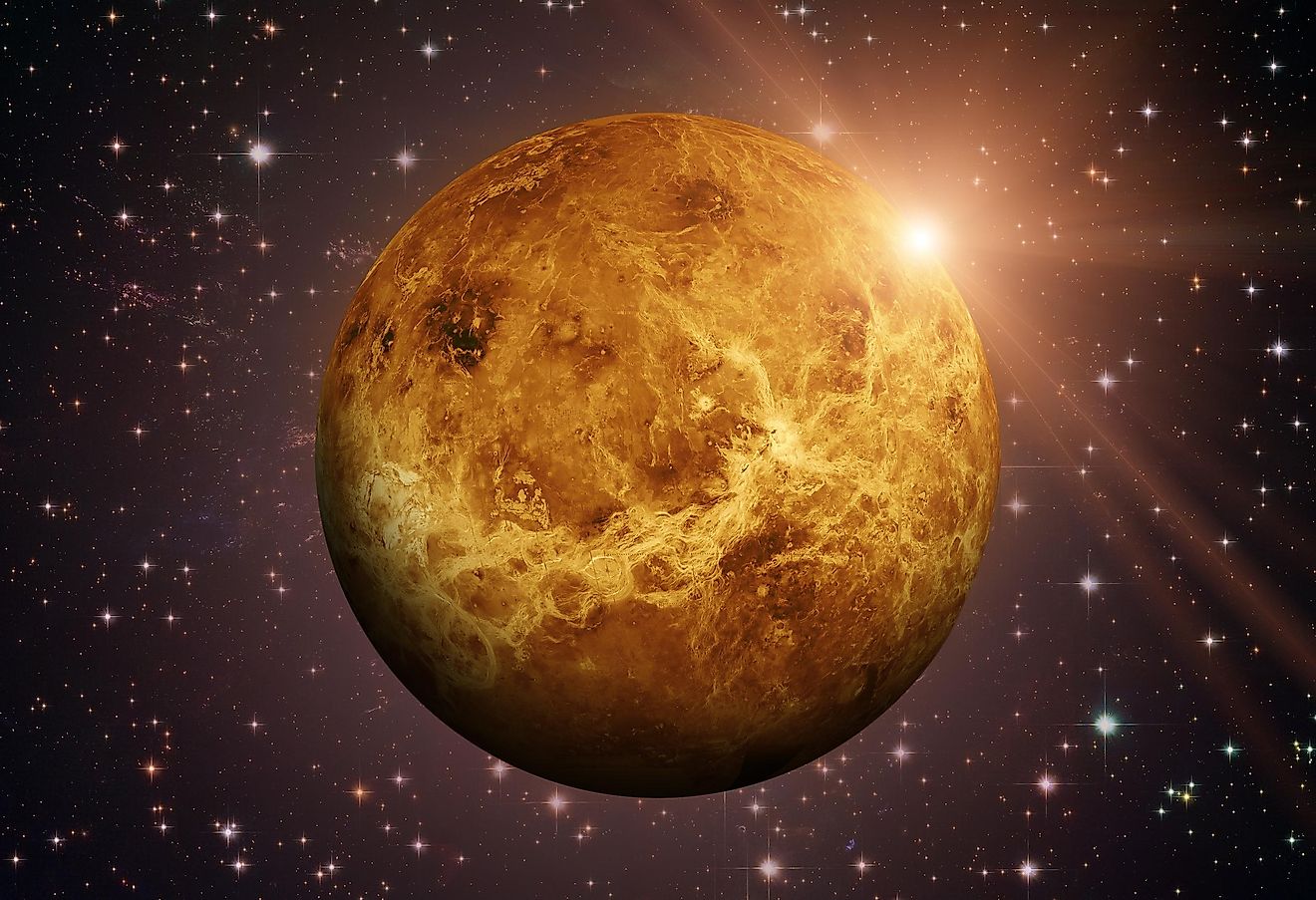

The south magnetic polarity pole in the northern region makes an angle of 44° with the axis of rotation while the north magnetic polarity pole in the southern region makes an angle of 76°.

an outer gaseous hydrogen/helium envelope where temperature drops below freezing point to an average of -205° Celsius (68° Kelvin).That fluid, which has a high electrical conductivity, is sometimes called a water–ammonia ocean, and an icy mantle in the middle, which is not in fact composed of ice in the conventional sense, but of a hot and dense fluid consisting of water, ammonia and other volatiles.a rocky (silicate/iron–nickel) core in the centre, which is relatively small, with a mass of 0.55 Earth mass, of around 9 gm/cm 3 and a radius less than 20% of Uranus’s with a pressure at the centre of 8 million bars (800 GPa) and a temperature of about 4726° Celsius (5,000° Kelvin) ,.The standard model of Uranus’s structure consists of four features: Why does the wind average speed reach 900 km/ hour (560 miles/ hour) on Uranus while on Earth an inconceivable top wind speed of Tornado stands at 510 to 600 km/ hour (319 to 379 mile/ hour)?.Why does Uranus spin in a clockwise direction about its axis, when Earth, currently, spins in an anti clockwise direction about its axis?.Why is the magnetic field at the northern region (the upper half of the planet above the solar plane) stronger than the magnetic field at the southern region (the lower half of the planet below the solar plane)?.Why when the polar regions of Uranus receive a greater energy input from the Sun than its equatorial regions, Uranus is hotter at its equator than at its geo poles?.When it comes to Uranus, scientists are faced with many unanswered questions including: Uranus axis of rotation is tilted by 97.77° to the perpendicular axis of its solar orbit. Its north and south geo poles, therefore, lie where most other planets have their equators. The Uranian system has a unique configuration among those of other planets of the solar system, because its axis of rotation is tilted sideways, nearly into the plane of its solar orbit. It has the third-largest planetary radius and fourth-largest planetary mass in the Solar System. The largest vorticity values are found in troughs, north of the jet stream with the lowest values in ridges south of the jet stream.Uranus is the seventh planet distant from the Sun. The vorticity depicted on the 500 mb charts is this absolute vorticity. Therefore, absolute vorticity is the sum total of planetary, curvature and shear vorticity. However, the two relativity vorticity components can be either positive or negative. Anti-cyclonic spin (clockwise) is termed 'negative'. Summing it all upĬyclonic spin (counter clockwise) in the North Hemisphere is termed 'positive'. If that same parcel was located south of the jet stream then the spin would be clockwise for a decrease in vorticity. A parcel located on the north side of the jet stream will experience increased counter clockwise flow and therefore have increased vorticity. If the stick is located to the right side of the river's center then the rotation will be clockwise.įor the Northern Hemisphere atmosphere, the same holds true. Looking downstream, if the stick is to the left of centerline then the rotation will be counter clockwise. The direction of rotation is dependent upon which side of the river the stick is located. This leads to the stick rotating and is called shear vorticity. Therefore, with a stick floating down the river, the end of the stick that is nearest to the middle of the river will move faster than the end nearest to shore.


The rate at which the water flows down the center of the river is faster than near the shore. For the Northern Hemisphere atmosphere, parcels of air will have cyclonic (counter clockwise) spin in troughs and anti-cyclonic (clockwise) spin in ridges.


 0 kommentar(er)
0 kommentar(er)
